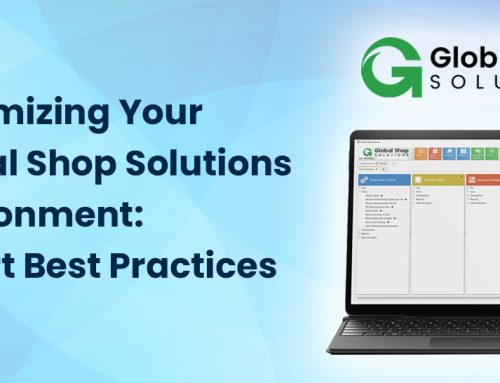‘Lift and Shift’ versus ‘Dynamic Scaling’ – Leveraging cloud infrastructure for fun and profit

These days, moving services and servers to ‘the cloud’ is the latest industry trend in an industry that seems to have more trends every year. Unfortunately, migrating or implementing infrastructure in the cloud is not always guaranteed to save your business money and increase uptime. To really do cloud infrastructure right requires IT administrators to abandon the mindset of speccing out and deploying physical servers and embrace the unique characteristics of cloud computing that make it so revolutionary – and affordable.
In the paradigm of physical servers, you needed to make sure that your server could handle the maximum possible load that it could possibly encounter in its environment. In the case of a file server, that could be every employee in the company copying a large file at once. In the case of a web server, that could be a massive spike in internet traffic because Oprah mentioned your product in her blog. It may not happen very often, but if your server couldn’t handle it, your friendly neighborhood IT administrator would have a lot of explaining to do to someone.
Cloud platforms such as Microsoft’s Azure allow administrators to use the same server operating systems they know and love but let someone else deal with the physical hardware, redundant backups, and network uptime. Unfortunately if you try spin up a server in Azure with the same specs as the one in your closet, you’re going to end up wondering whether this whole ‘cloud thing’ is just a way to make Microsoft even more money than before. Creating cloud servers this way is sometimes referred to as ‘lift and shift’, because you’re essentially ‘lifting’ your existing server box into the cloud without changing anything.
Good cloud administrators avoid this trap by taking advantage of ‘dynamic scaling’ in Azure and related platforms. With dynamic scaling, you can turn your measly one-core server in Azure into a sixteen-core server with the click of a button. Even better, you can set up ‘triggers’ to automatically scale the hardware up or down in response to demand. That way, when Oprah gushes about your product in her latest blog post and the masses descend upon your server demanding web pages, it will automatically scale to a Goliath sized web serving machine – adding its own resources as needed behind the scenes and providing a seamless experience for customers.
There’s a lot more to dynamic scaling than just adding and subtracting resources, but the point is that using yesterday’s mindset to deploy today’s technology is a recipe for wasting resources. If you’re interested in leveraging cloud infrastructure right to help make your business more profitable and prevent costly hardware upgrades, get in touch with us at Upward Technology to see how we can create solutions that fit YOUR business needs.






Leave A Comment